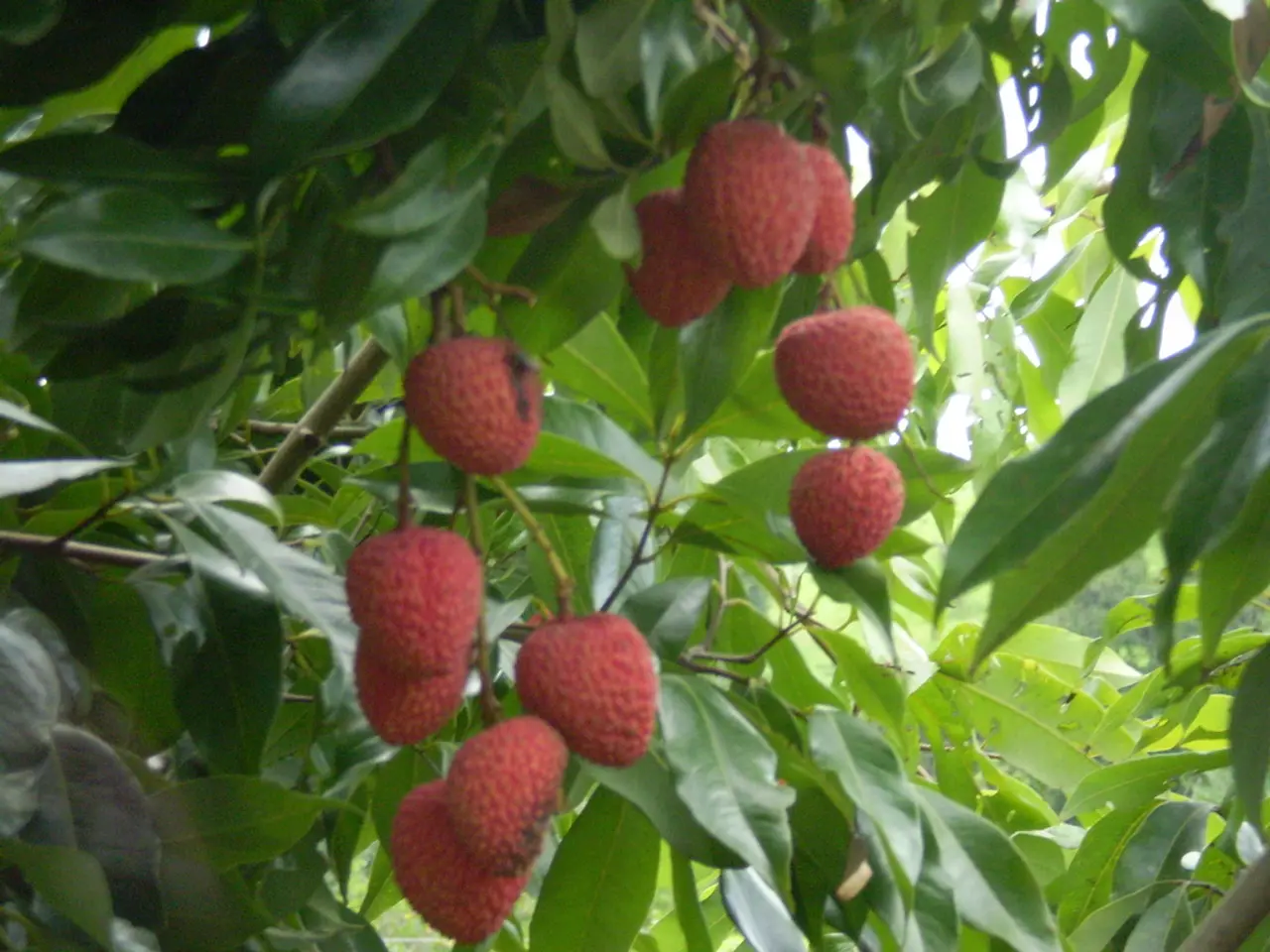Halting Climate Deterioration through Tomatoes and Strawberries!
Toyota's Green Thumb: Combining Manufacturing and Agriculture for Sustainability
Toyota, the renowned car manufacturer, is making strides in environmental sustainability by integrating agriculture into some of its production facilities. The company's Myochi Plant in Toyota City, Japan, is currently cultivating cherry tomatoes as part of this innovative approach.
The Toyota Production System (TPS) is being employed for systematic cultivation and high-added value. This system is not only enhancing the productivity of the plants but also contributing to environmental sustainability. The production facilities at Toyota plants emit heat and CO2, which are being utilised to sustain the plants being cultivated.
Hiroshi Okajima, Project General Manager of R&D and Engineering Management Div. at Toyota, is leading these agricultural projects. His team is working tirelessly to optimise land use, promote biodiversity, and support local communities, including farmers.
The greenhouse at the Myochi Plant employs sliding rows of cultivation plots, which produce approximately 1.5 times the yield of a similarly sized field. This innovative design reduces the required number of aisles, increasing the yield for a given area.
Toyota's Kamigo Plant, which manufactures engines for the Crown and Lexus models, is also participating in these agricultural projects. Four varieties of strawberries are being cultivated there.
Toyota City is also making efforts to reduce CO2 emissions with the Green Power Certificatation System. This system certifies the use of green power produced at facilities such as waste incineration plants and consumed by local companies.
The agricultural projects are driven by a philosophy of working for someone other than themselves. They aim to contribute to carbon neutrality and boost profitability for farmers. Toyota City and JA Aichi Toyota are collaborating on the trials of these agricultural projects.
In addition, Toyota is using its expertise to forecast the weather and the market for these agricultural projects. The company is providing technical support to farmers to build efficient agricultural systems.
The greenhouses have pink lighting, which is used to stimulate plant growth and is little-known outside farming circles. Toyota's efforts to use CO2 as a resource in the greenhouses are important as they won't completely eliminate carbon emissions, but they are a step in the right direction towards a more sustainable future.
These agricultural projects by Toyota reflect its integrated sustainability model, combining green manufacturing with local ecological stewardship and community support. They serve as a shining example for other industries to follow in their pursuit of environmental sustainability and social responsibility.
[1] Toyota Motor Corporation. (2021). Toyota Global Website - Environment. Retrieved 13 May 2023, from https://global.toyota/en/environment/index.html
[2] Toyota Motor Corporation. (2021). Toyota Global Website - Sustainability. Retrieved 13 May 2023, from https://global.toyota/en/sustainability/index.html
- The integration of agriculture into Toyota's manufacturing facilities is not limited to the Myochi Plant, as the Kamigo Plant is also cultivating strawberries, demonstrating Toyota's commitment to environmental-science and technology in advocating for climate-change mitigation.
- As part of their sustainability initiatives, Toyota is further leveraging technology by forecasting weather and market conditions for their agricultural projects, thus optimizing resource usage in the farming process and providing technical support to farmers, all in an effort to boost profits and promote a more sustainable environment.




